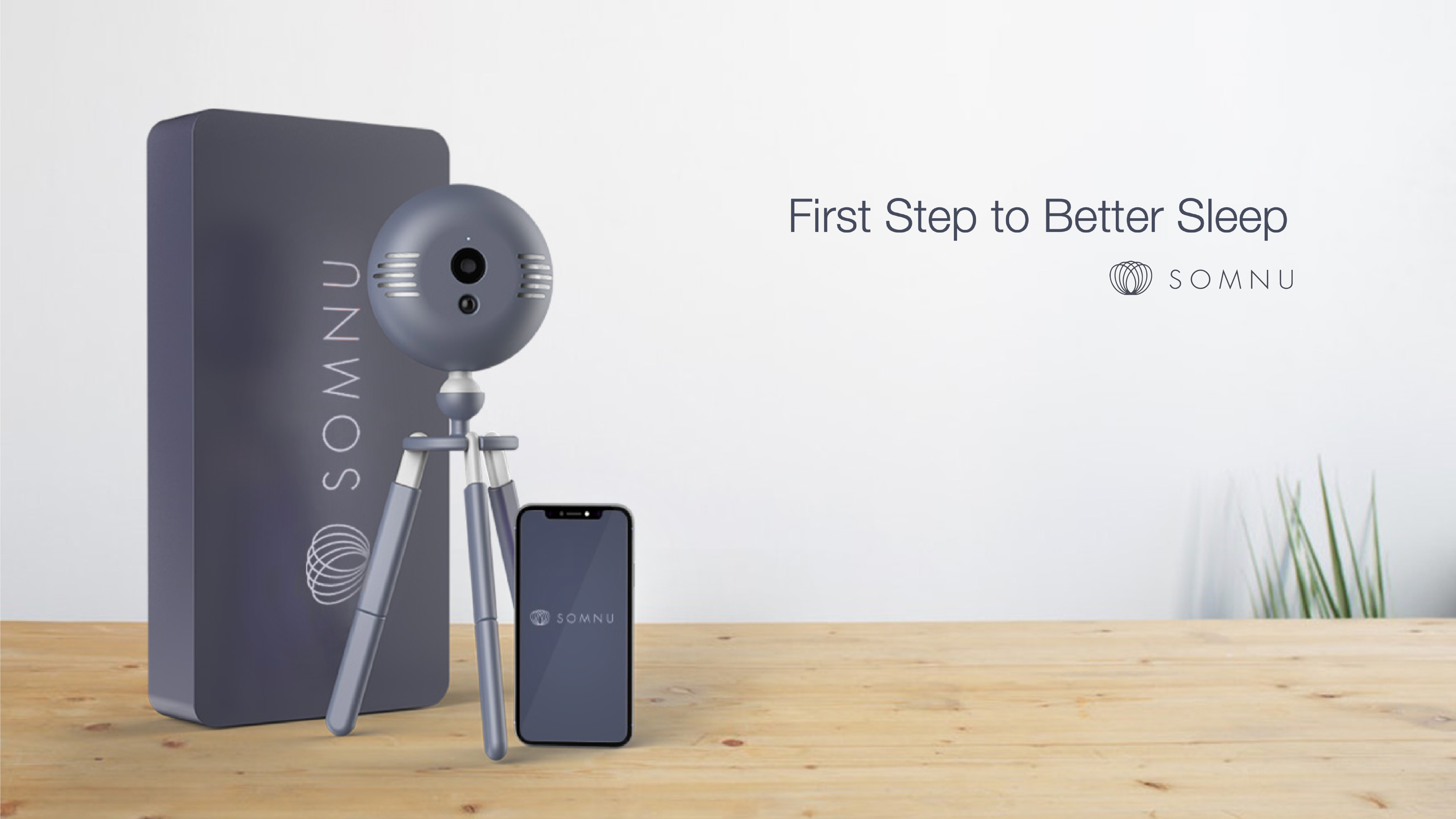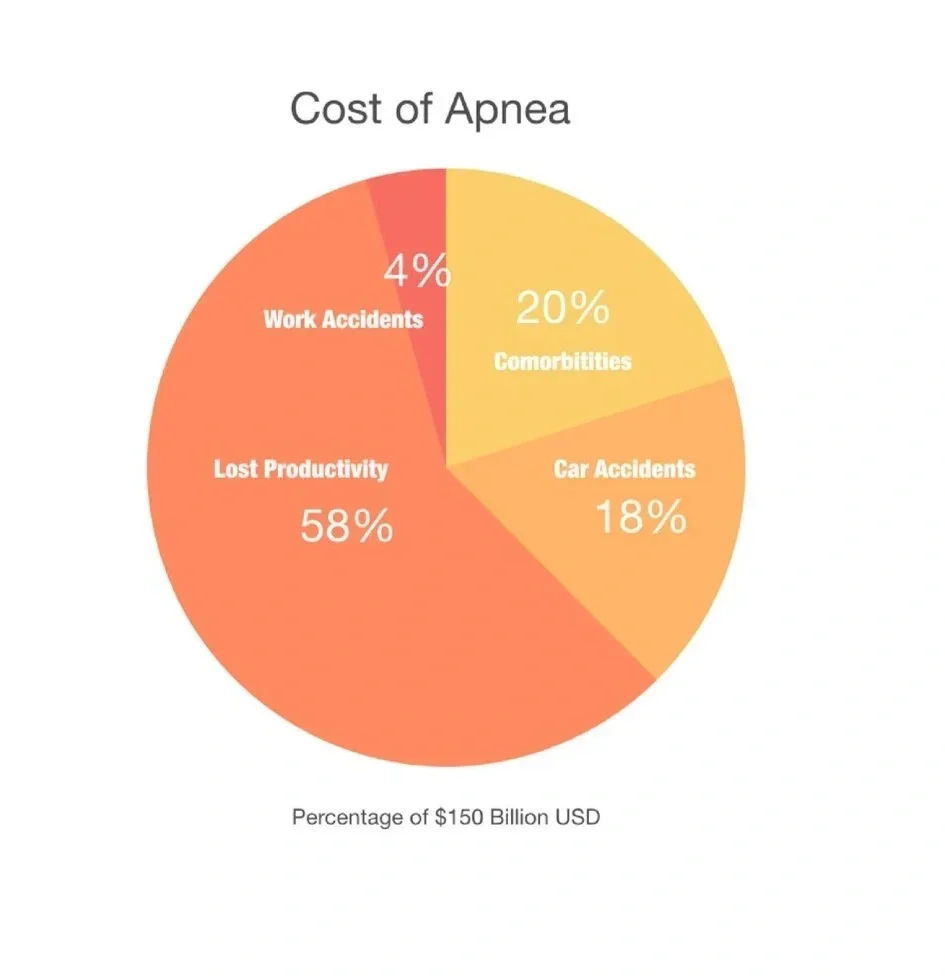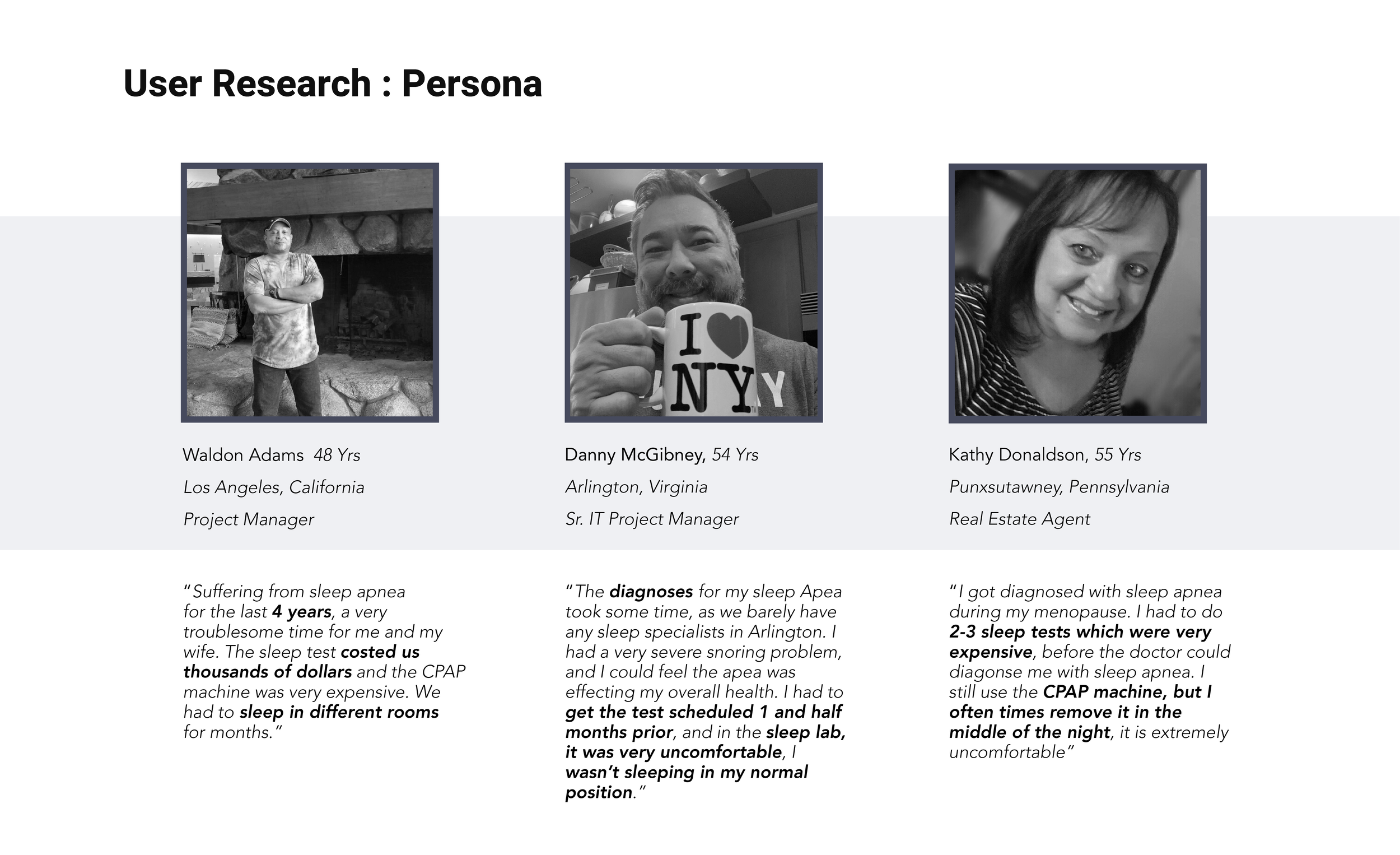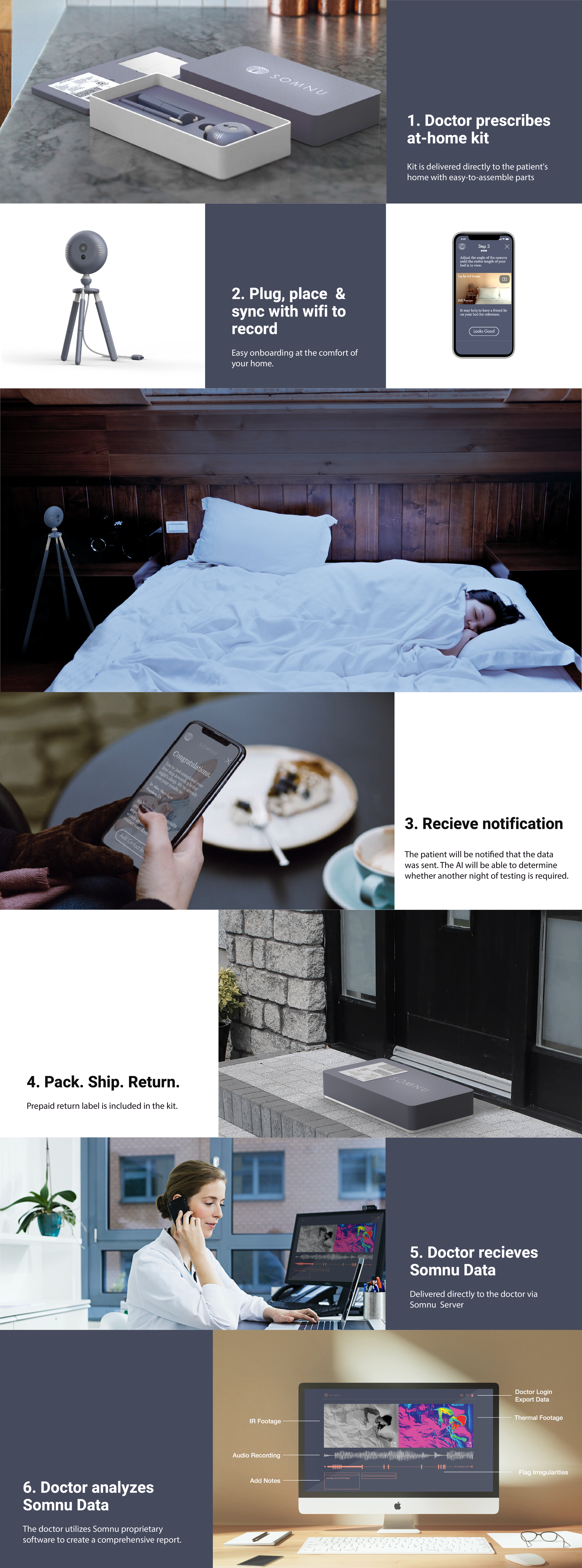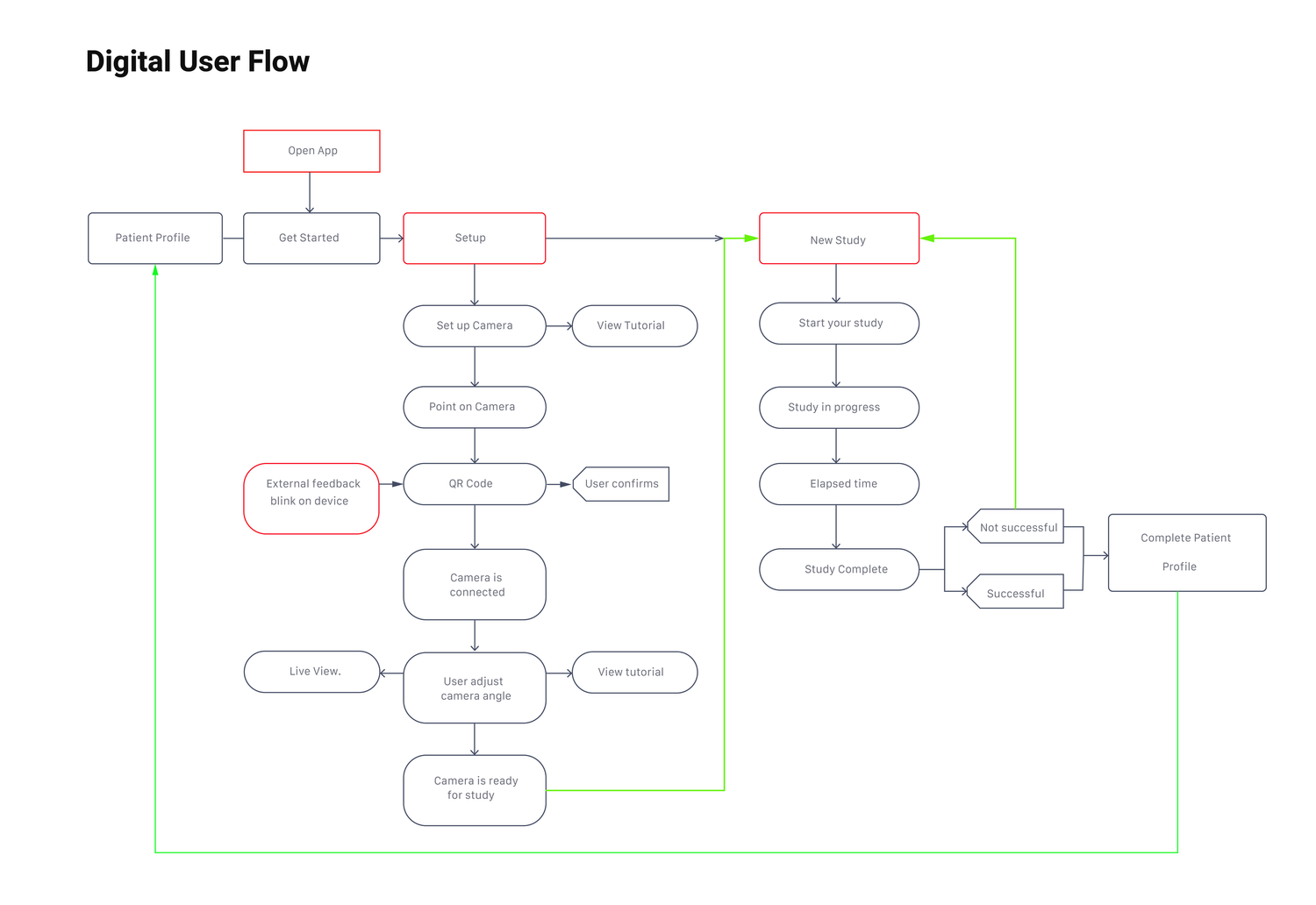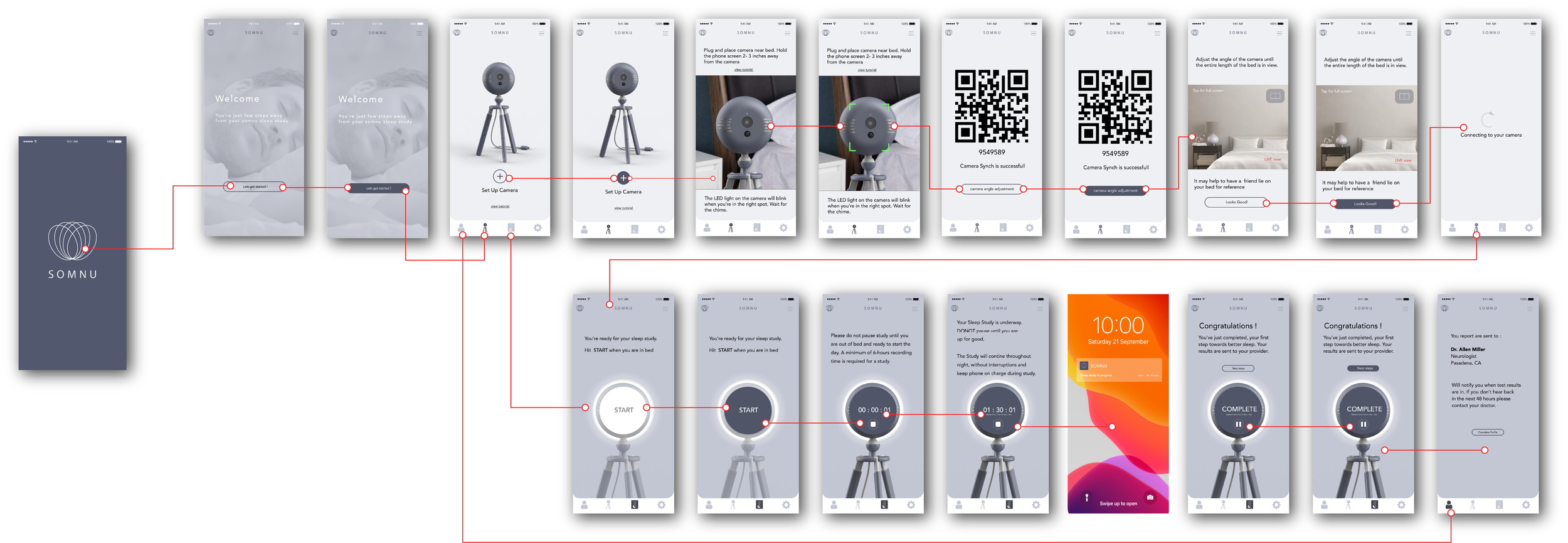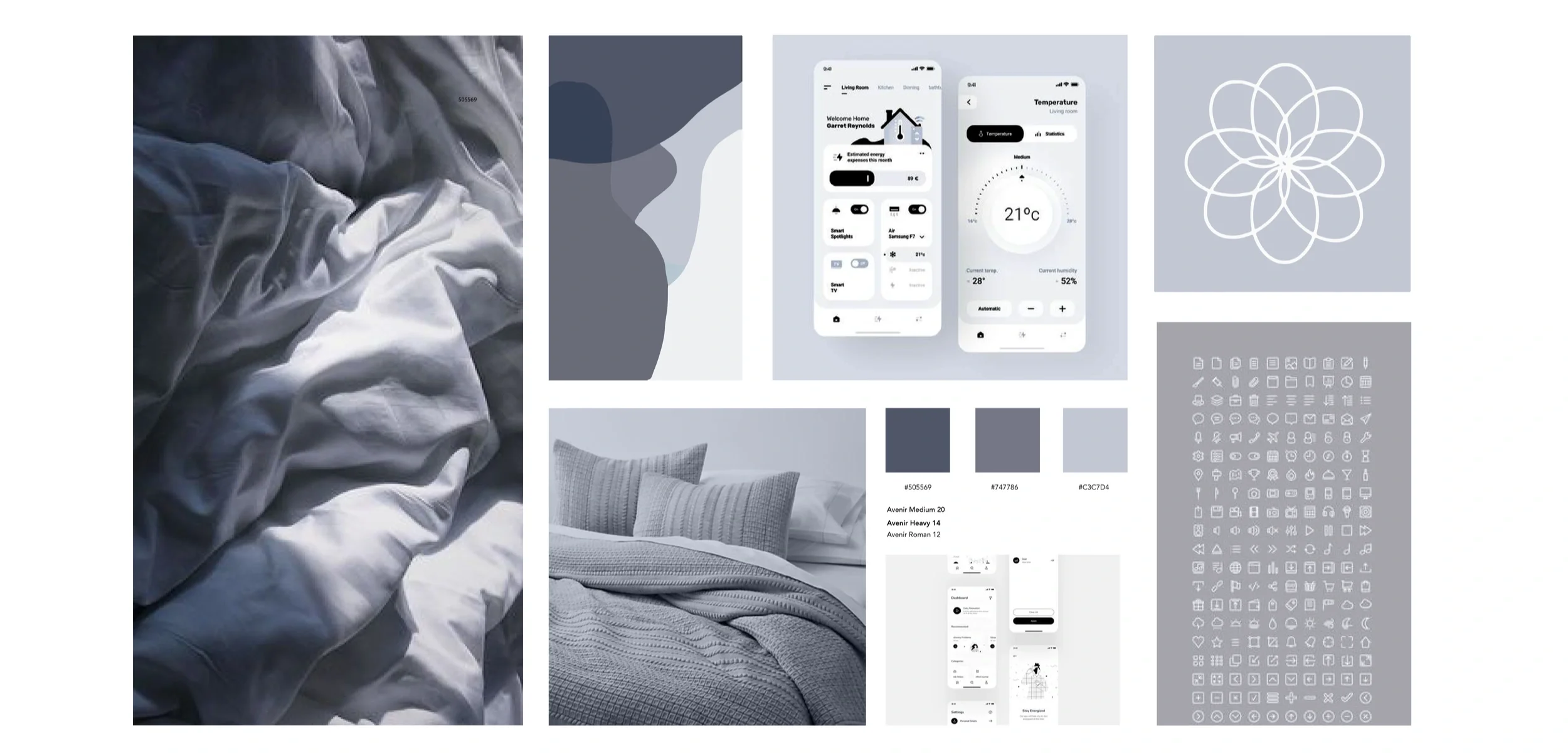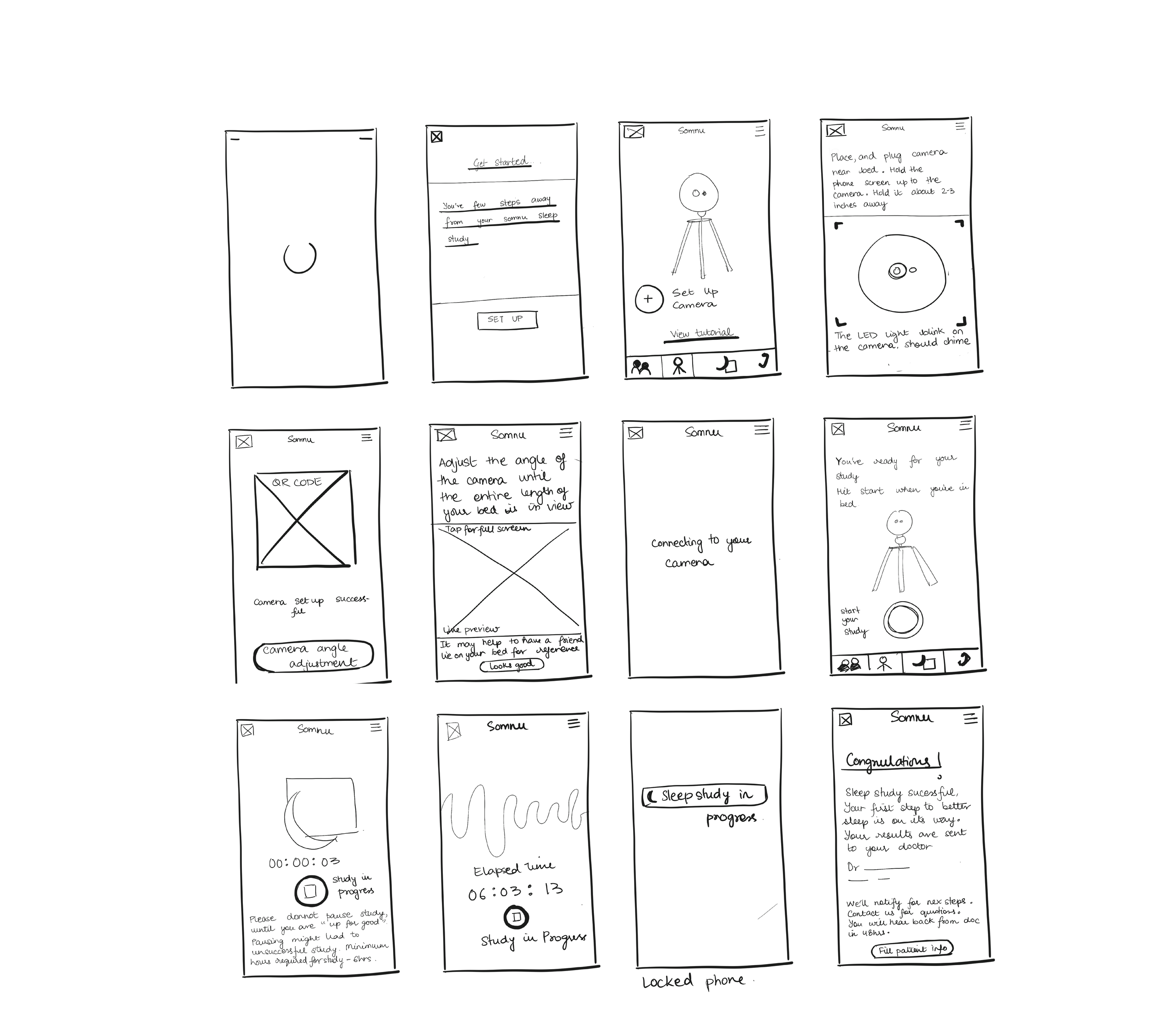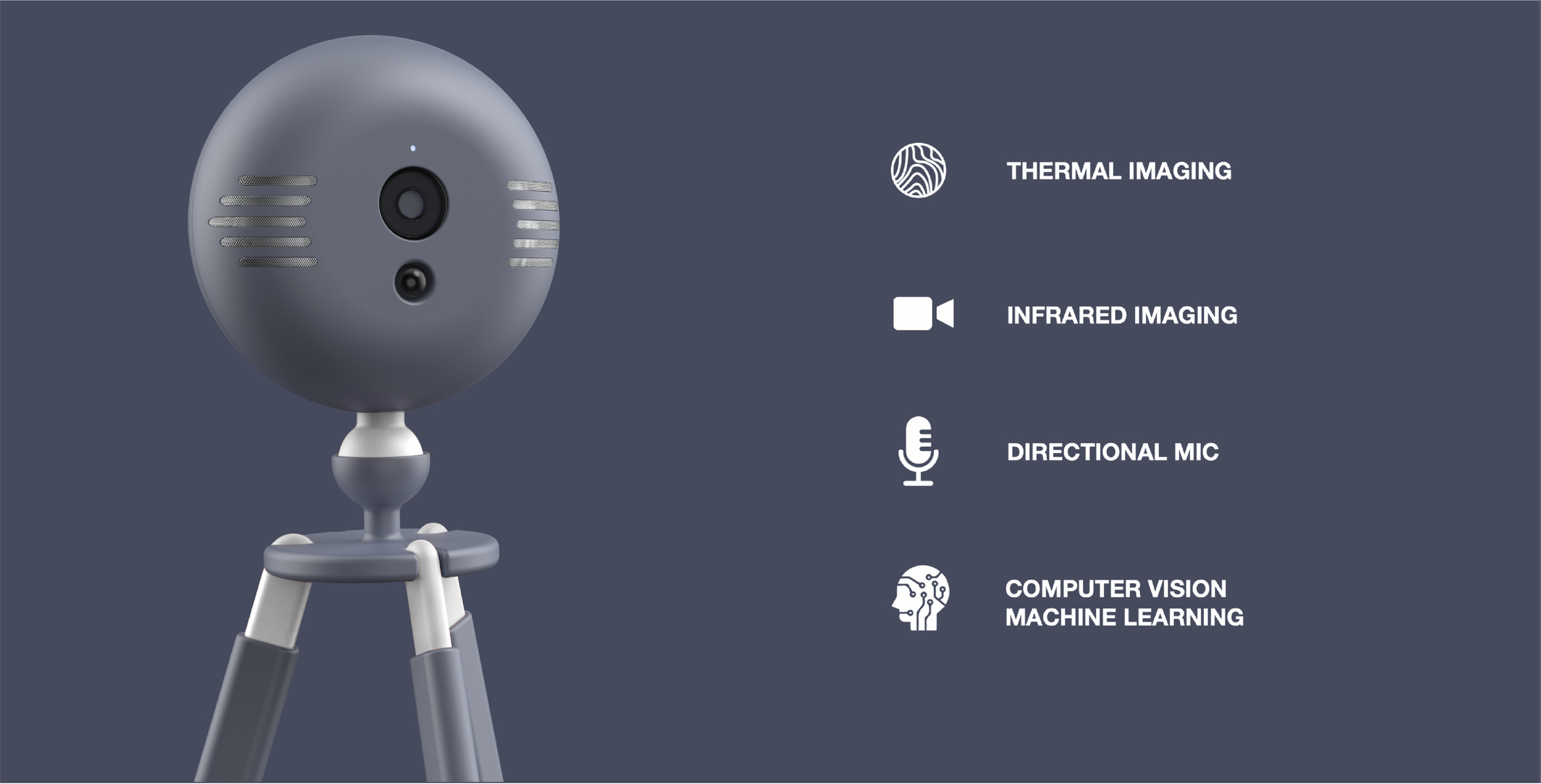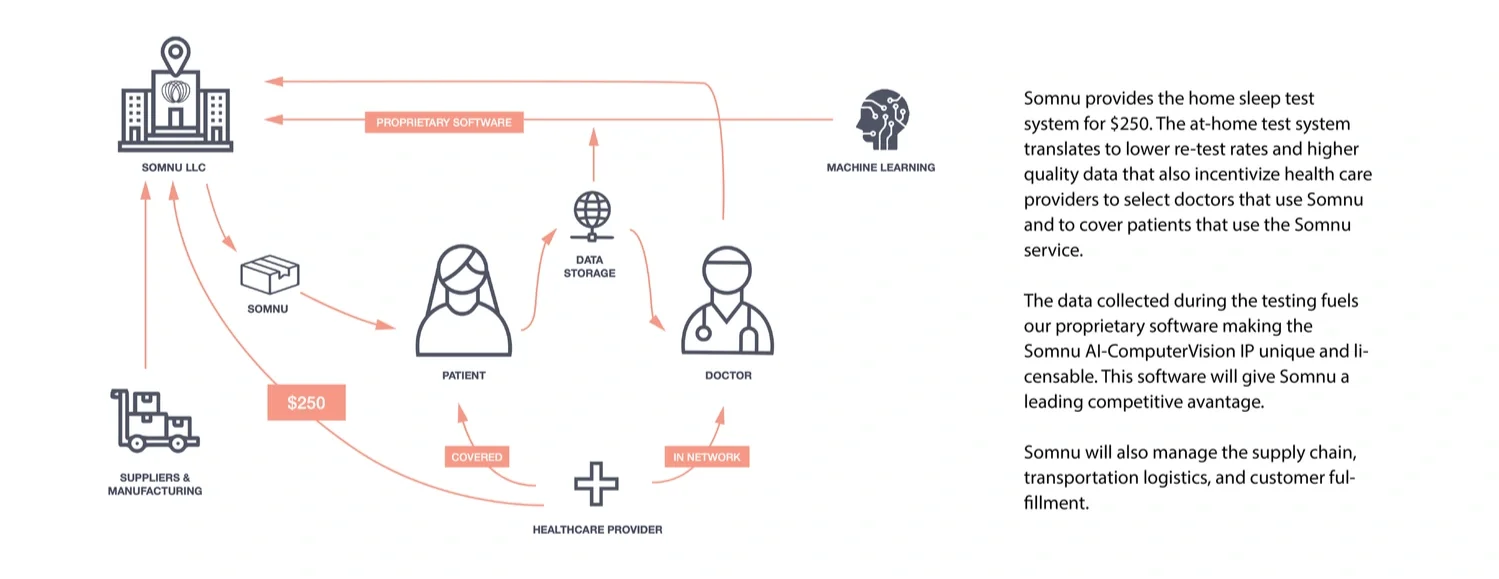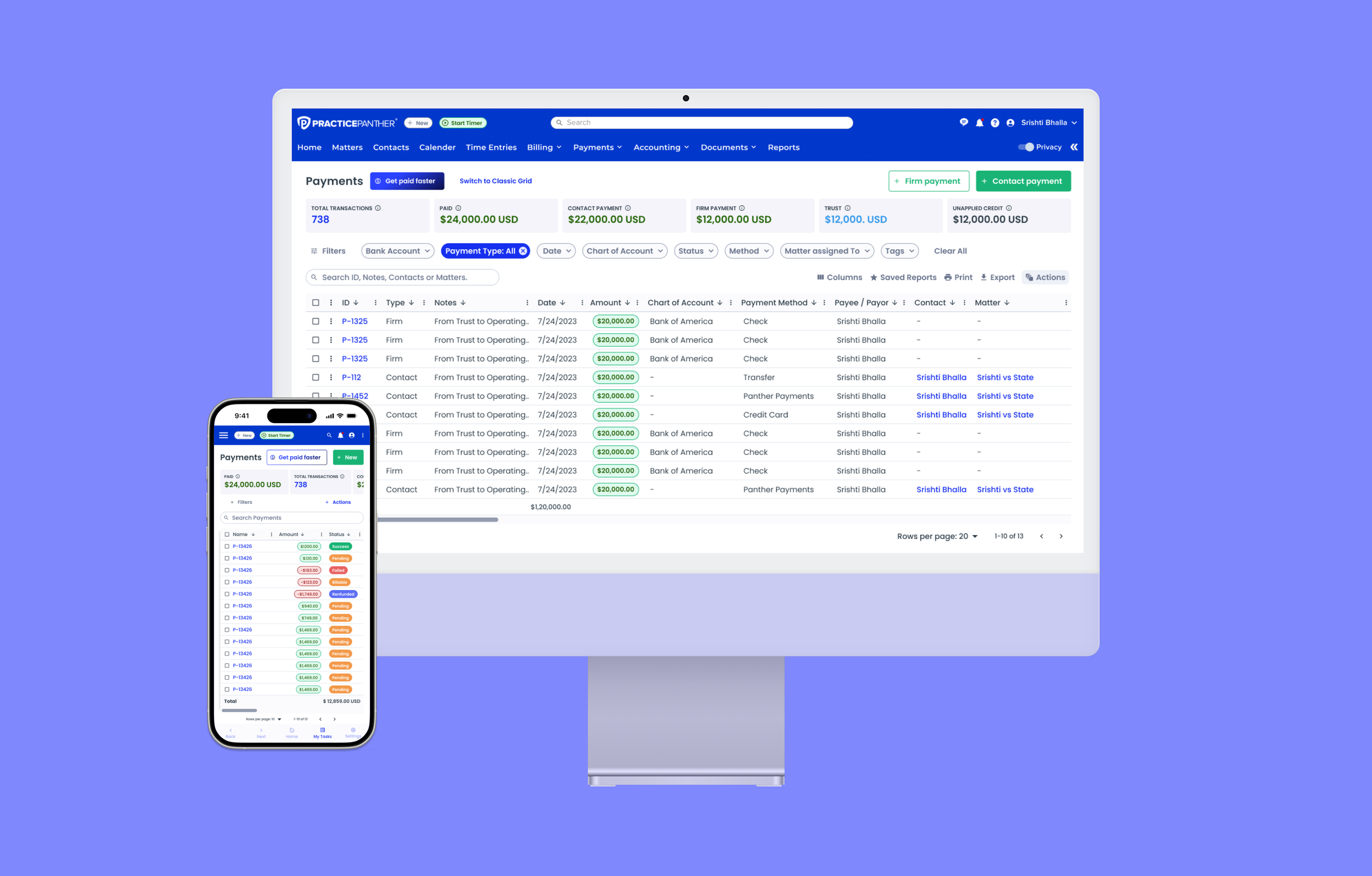SOMNU CASE STUDY
Making Sleep Testing Simple and Accessible at Home
Overview
Somnu is a graduate-level service design project I developed at ArtCenter College of Design, during my Grad program, focused on reimagining the at-home sleep study process used to diagnose Sleep Apnea. The solution integrated hardware, a mobile app, and a doctor-facing platform to make sleep testing easier for patients, more actionable for physicians, and more efficient for healthcare providers.
By approaching this as a service design challenge, I mapped the full journey across patients, doctors, logistics, and business systems. The result was a holistic ecosystem that reduced setup anxiety, improved data quality, and aligned with a viable business model.
Goals
Patient: Reduce setup anxiety and improve compliance by simplifying onboarding.
Doctor: Deliver structured insights instead of raw data to save review time and improve diagnostic confidence.
Business: Create a service model with lower re-test rates and a sustainable revenue stream.
Role
Lead Service Designer (Graduate Project, ArtCenter)
Responsibilities
Conducted secondary research into sleep testing workflows and adoption challenges.
Mapped end-to-end service blueprint across patients, doctors, logistics, and insurers.
Designed the patient mobile app for onboarding and guided setup.
Prototyped the doctor dashboard with annotation and reporting features.
Created journey maps, moodboards, and service flows to unify the ecosystem.
Collaborators
Independent project within my ArtCenter graduate program, with critique and guidance from faculty and peers.
The Challenge
How can we improve the sleep quality of Americans?
According to National Sleep Foundation leading medical cause of poor sleep is sleep apnea, a sleeping disorder in which sleeping repeatedly starts and stops.
Untreated Obstructive sleep apnea is causing American’s about $150 Billion a year. Sleep disorders are widely under-diagnosed due to friction in traditional sleep testing:
Expensive overnight clinic visits
Complex device setup at home
Fragmented communication between patients, doctors, and insurers
Current Sleep Study Set up in clinics.
Speaking with Patients
[Problem Statement]
How can we get the current population get tested for apnea so that they can start getting a better night’s sleep?
Key Insights
We approached this as a service design problem, mapping pain points across patients, doctors, and providers.
Key insights:
Patients struggled with setup and compliance → leading to inaccurate data or test abandonment.
Doctors needed trustworthy, structured data → but often spent hours piecing together raw outputs.
Healthcare providers sought lower re-test rates → since repeated tests increased costs and delayed treatment.
Service Design Approach and Solution
We approached Somnu as a service ecosystem, not just a device or an app. The goal was to simplify the complex and fragmented process of sleep testing into a seamless, patient-centered journey while ensuring doctors received accurate, actionable data.
The designed flow captured key service touchpoints across stakeholders:
Prescription & Delivery of At-Home Kit.
Doctors prescribe the at-home kit, shipped directly to patients with easy-to-assemble parts.
This eliminated hospital scheduling bottlenecks and improved patient accessibility.
At-Home Setup & Recording
Patients simply plug in the device, sync with WiFi, and record their sleep at home.
Guided onboarding reduced friction and increased compliance.
Notifications & Data Transfer
Patients receive confirmation when their data is securely uploaded.
AI determines if further nights of testing are needed, reducing unnecessary steps.
Return Logistics
Kits include prepaid return labels, streamlining the process for patients and minimizing delays.
Doctor Data Access
Doctors access synchronized IR, thermal, and audio data directly via the Somnu server.
This ensures fast turnaround without manual handoffs.
Analysis & Reporting
Proprietary Somnu software supports doctors in reviewing data, adding notes, and flagging irregularities.
This workflow improved accuracy and gave doctors better confidence in diagnosis.
By designing the system around both patient experience and doctor workflows, Somnu reduced costs, increased compliance, and provided a more reliable dataset for diagnosis. This service blueprint became the foundation for designing both the product and digital touchpoints.
Concept
Designing the onboarding experience
Leveraging Technology
Business System
Reflections
Somnu was a pivotal project in my ArtCenter journey because it showed me how service design extends beyond screens. By looking at the entire ecosystem — from patients and doctors to insurers and logistics — I learned how to design for trust, and business sustainability in healthcare.
PRACTICEPANTHER
Streamlining Legal Workflows with PracticePanther’s Payments Grid
8.6/10 NPS was received by users in post launch
50 secs page refresh time from 7 mins previously
Full Redesign + Scalable System + Web & Mobile
